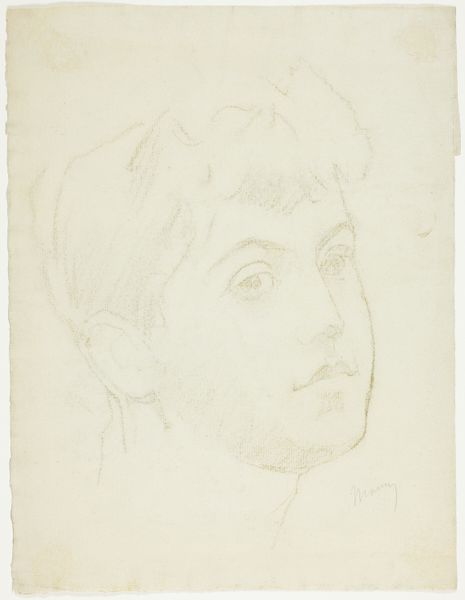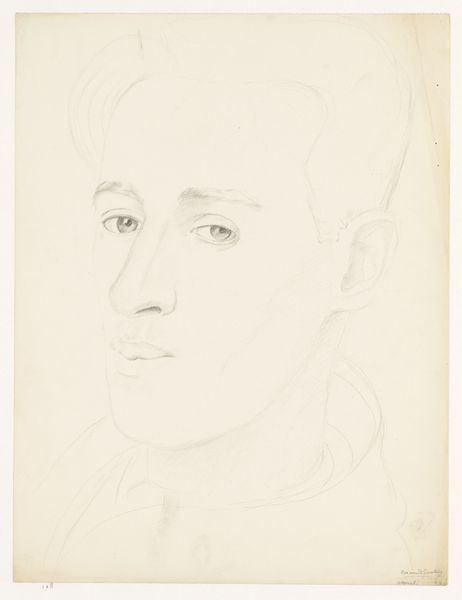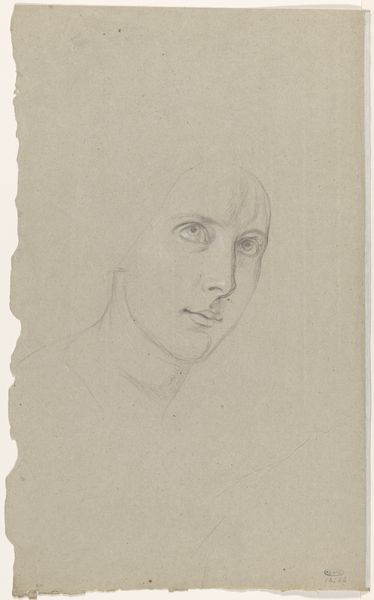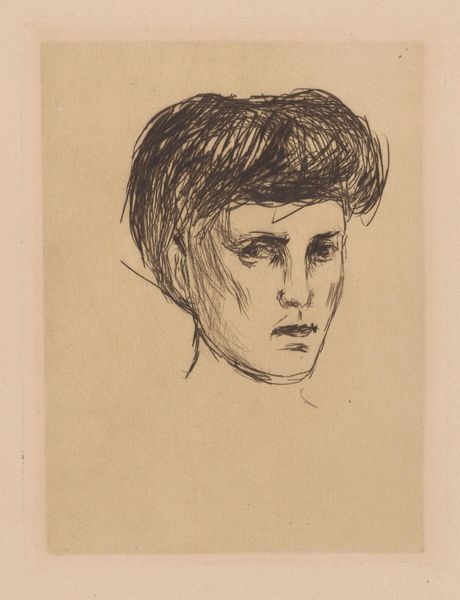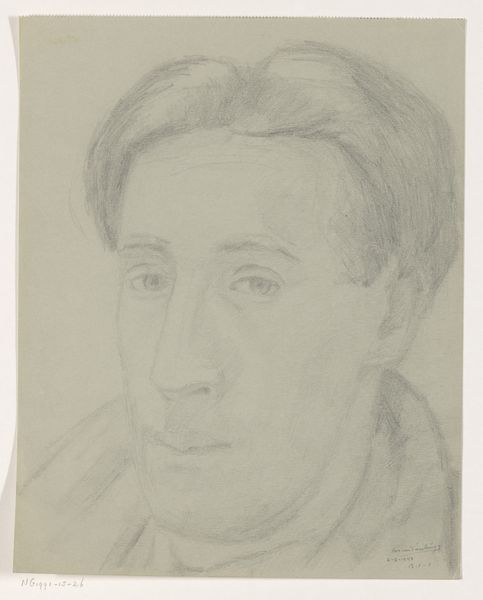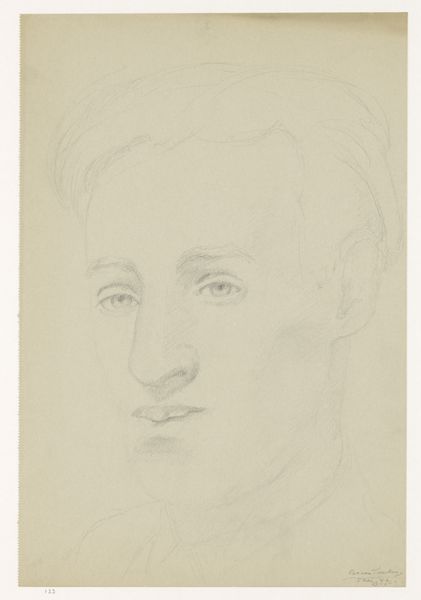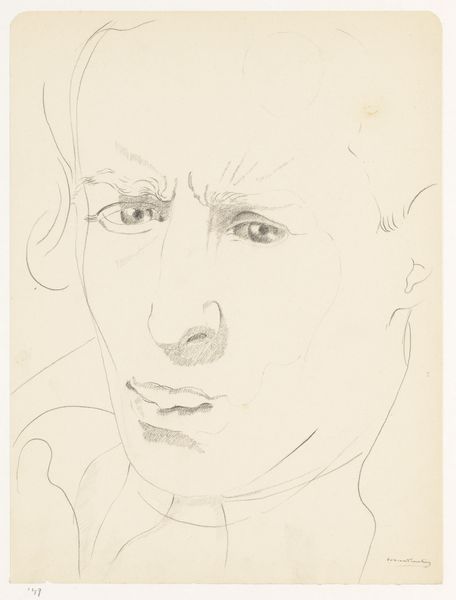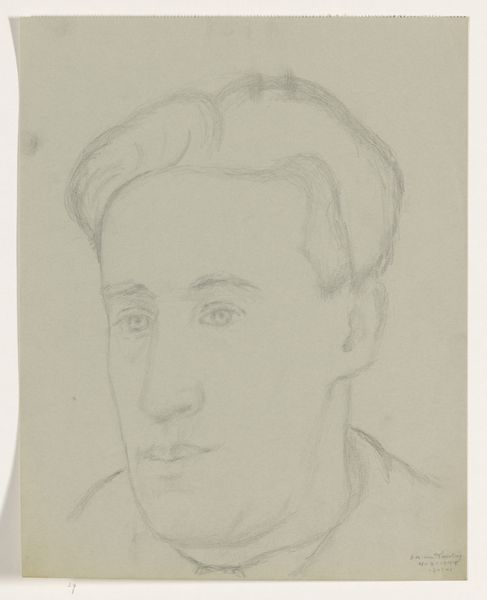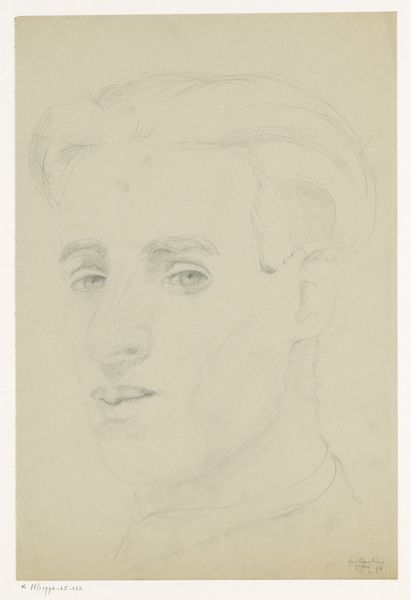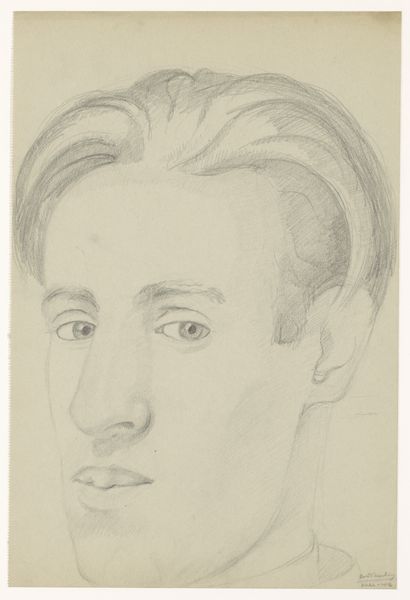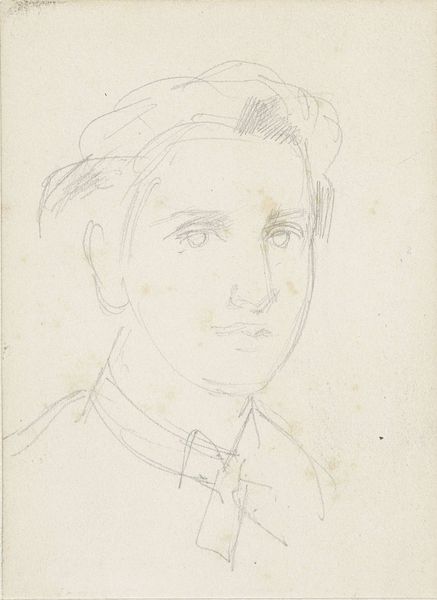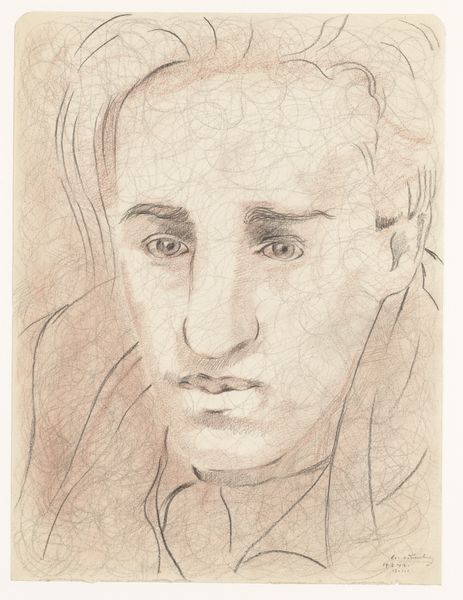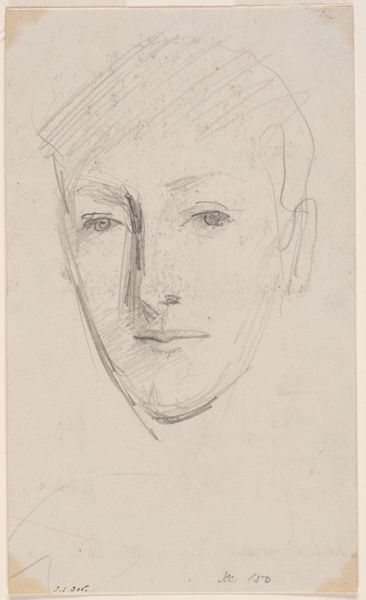
drawing, paper, pencil, graphite
#
portrait
#
pencil drawn
#
drawing
#
16_19th-century
#
pencil sketch
#
paper
#
pencil drawing
#
pencil
#
graphite
#
portrait drawing
Copyright: Public Domain
Editor: This is a portrait by Carl Hoff called "Politischer Gefangener aus Hanau zu Kassel" - "Political Prisoner from Hanau to Kassel." It's a pencil drawing on paper, and I'm immediately struck by the starkness of it, the subject’s gaze. What does it communicate to you? Curator: I see a powerful commentary on justice and the political climate of, presumably, 19th-century Germany, given the artist. Drawings like this served a crucial public role. They offered a visual record, shaping public opinion regarding political prisoners. Who *was* this individual and what crime did he commit? These are questions viewers back then, and even now, would ask themselves. Editor: So, it’s more than just a likeness. It's actively participating in a discourse? Curator: Exactly. It’s not a flattering portrait commissioned by the sitter. It's a raw, likely unsanctioned, glimpse into someone deemed an enemy of the state. The artist takes on a political role. Look closely – what can we discern about his social standing and demeanor from the lines? Editor: Well, he doesn’t seem wealthy. The sketchiness almost implies urgency or secrecy. The eyes... they hint at defiance, maybe even fear. Curator: Precisely! The rough technique and unidealized features likely contributed to an understanding of his suffering, perhaps inviting the viewer's sympathy. Imagine how the artwork circulated – perhaps influencing court decisions or fueling political debate. Editor: I hadn't considered how widely a drawing could be circulated and impact opinion in this way. Thanks, that gives me a lot to think about. Curator: My pleasure. Thinking about art as a force within larger political systems gives depth to any analysis.
Comments
No comments
Be the first to comment and join the conversation on the ultimate creative platform.
